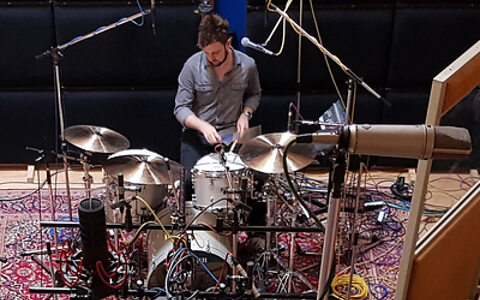In a musical context, based on an equal temperament scale, the term enharmonic usually refers to equivalent musical notes which have the same pitch (frequency) but are denoted in different ways. For example, F# is enharmonic with Gb. However, while these two musical notes represent the same pitch, the choice of one or the other denotion would depend on the musical key and/or chord progression of the particular musical work.
An alternative meaning for the term applies where the musical scale is not based on an equal temperament, and thus Ab does not have precisely the same pitch (frequency) as G#. In this case enharmonic refers to notes which are very close in pitch — much closer than a semitone difference — but not absolutely identical.
















